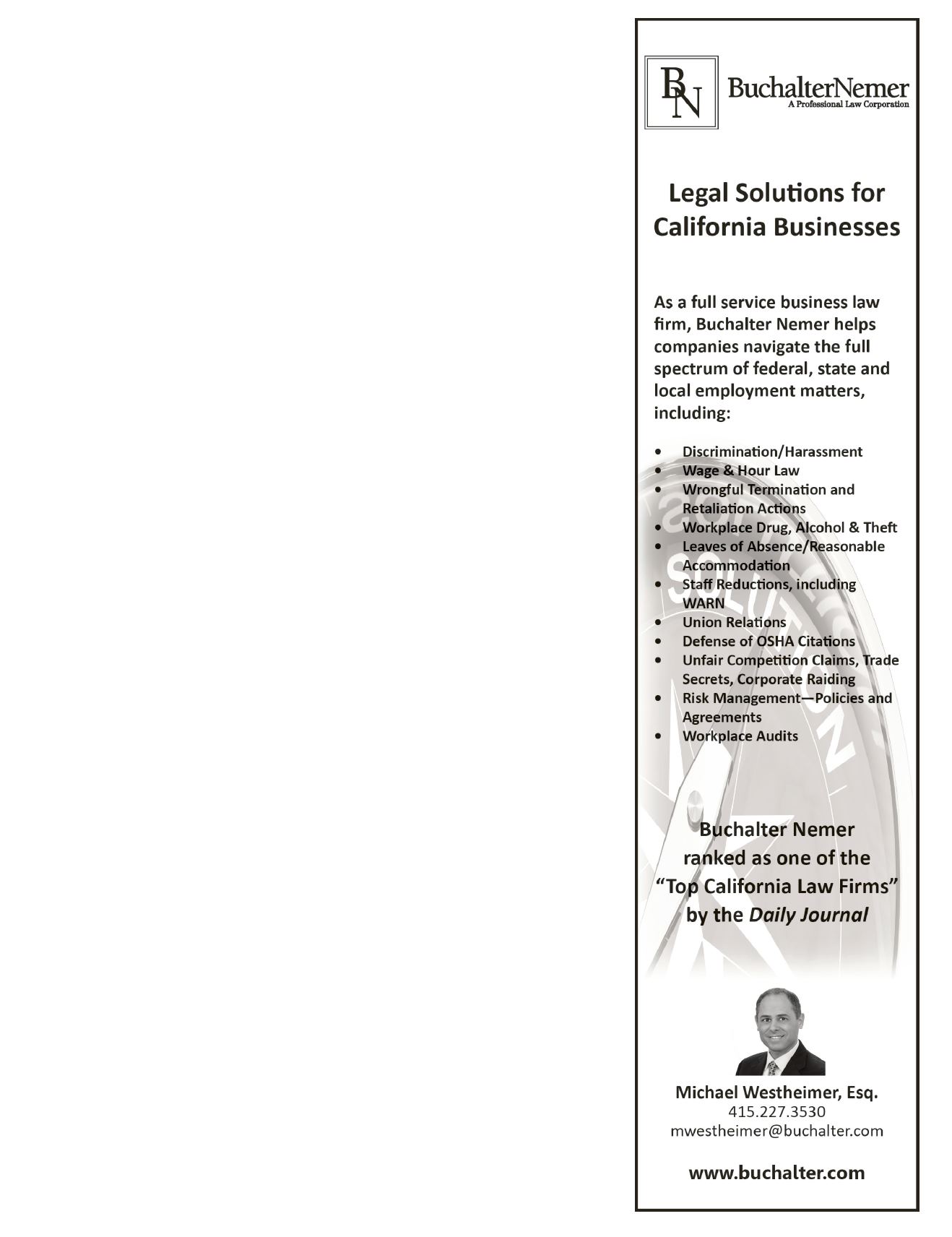
Sacramento Municipal Utility District Call Center
revealed surprisingly variable worker performance
results (Heschong, 2003c). The numbers of calls
handled per hour by employees with seated access
to views of vegetation through large windows from
their cubicles far surpassed the number of calls
handled per hour by employees with no view of the
outdoors. Researchers concluded that those with
views of nature handled calls 6-7% faster than those
with no views. The value proposition was clear: With
a large number of employees, profit margins grew
significantly. Construction costs for the operable
windows and the slight increase in square footage
requirements (due to rearranging employees’
workstations to allow access to natural view)
totaled $1,000 per employee, whereas the annual
productivity savings averaged $2,990 per employee.
The initial investment payback was achieved within
4 months, with long-term productivity improvements
yielding increased profits. This is a benchmark any
company could justify and feasibly achieve if this
biophilic application were adopted (Heschong,
2003c; Loftness, 2008).
When deciding where to invest money internally
within a company, the data shows that there
is a comparative advantage to investing in the
employees. A typical company of 1000 employees,
with an average compensation cost per employee
of $33.24 per hour, could increase its profits
by $3.9 million annually just by increasing its
productivity margin as little as 6%. If this company
takes measures to retain employees, the cost of
turnover for one position can be avoided. The
costs of termination, replacement, and the loss in
productivity equate to $1,000, $9,000, and $15,875
respectively per employee. This means that losing
one employee due to dissatisfaction, illness, or
poor work environment could cost the organization
$25,875 on average (Loftness, 2007).
These new research results are shifting the trend
toward better building design, using biophilia to
revolutionize the way employers attract employees.
Major companies, such as Herman Miller, use their
lush landscape and green building to entice top
candidate employees to join their organization;
the Bank of America Tower at One Bryant Park in
Manhattan was designed to ensure that 90% of all
employees had views to parks, green roofs and/or
rivers, specifically to create an iconic building with
the explicit purpose of attracting and retaining the
best employees.
Another comparative examination of an old office
space characterized by poor lighting and air quality
versus a healthy, brightly daylit office showed
greater activation of hormonal stress in the former
and significantly less headaches in the latter (Thayer
et al., 2010). Because high levels of hormonal and
cranial stress are strongly associated with advancing
coronary heart disease—a disease that costs
Americans over $108 billion a year— the physical
environment of the workplace can play a role in
better health in both short and long term situations.
In 1978, ING Bank directors shared a vision for
their new 538,000 square foot headquarters in
Amsterdam. The focus of the building design was to
maximize natural lighting, integrate organic art, and
install water features to enhance the productivity
of its workers while also creating a new image for
the bank. The productivity savings in this case were
astounding: absenteeism decreased by 15% after
construction was completed. Employees looked
forward to coming to work and voluntarily tended to
the natural features in the office (Romm & Browning,
1994). The bank additionally saved an estimated
$2.6 million per year after all energy system and
daylighting units were installed. Overall, ING’s image
as a progressive and creative bank corresponded
with the growth of users who decided to switch to
ING as their primary bank, bumping it from the fourth
most popular bank to the second most popular
bank in the Netherlands (Romm & Browning, 1994).
These studies make it clear that businesses can
benefit by capitalizing on nature’s free provisions.
HR
Terrapin Bright Green is an environmental consulting and strategic
planning firm committed to improving the human environment
through high performance development, policy, and related
research, in order to elevate conversations and help clients
break new ground in thinking creatively about environmental
opportunities. Since 2006, our firm and network of specialists
have worked to shape the outcome of large-scale planning and
design projects around the world. Terrapin has offices in New
York City and Washington, DC, and works with private companies,
public institutions, and government agencies on a variety of
project types. Visit us at
“A TYPICAL COMPANY OF 1000
EMPLOYEES, WITH AN AVERAGE
COMPENSATION COST PER
EMPLOYEE OF $33.24 PER HOUR,
COULD INCREASE ITS PROFITS BY
$3.9 MILLION ANNUALLY JUST BY
INCREASING ITS PRODUCTIVITY
MARGIN AS LITTLE AS 6%.”


